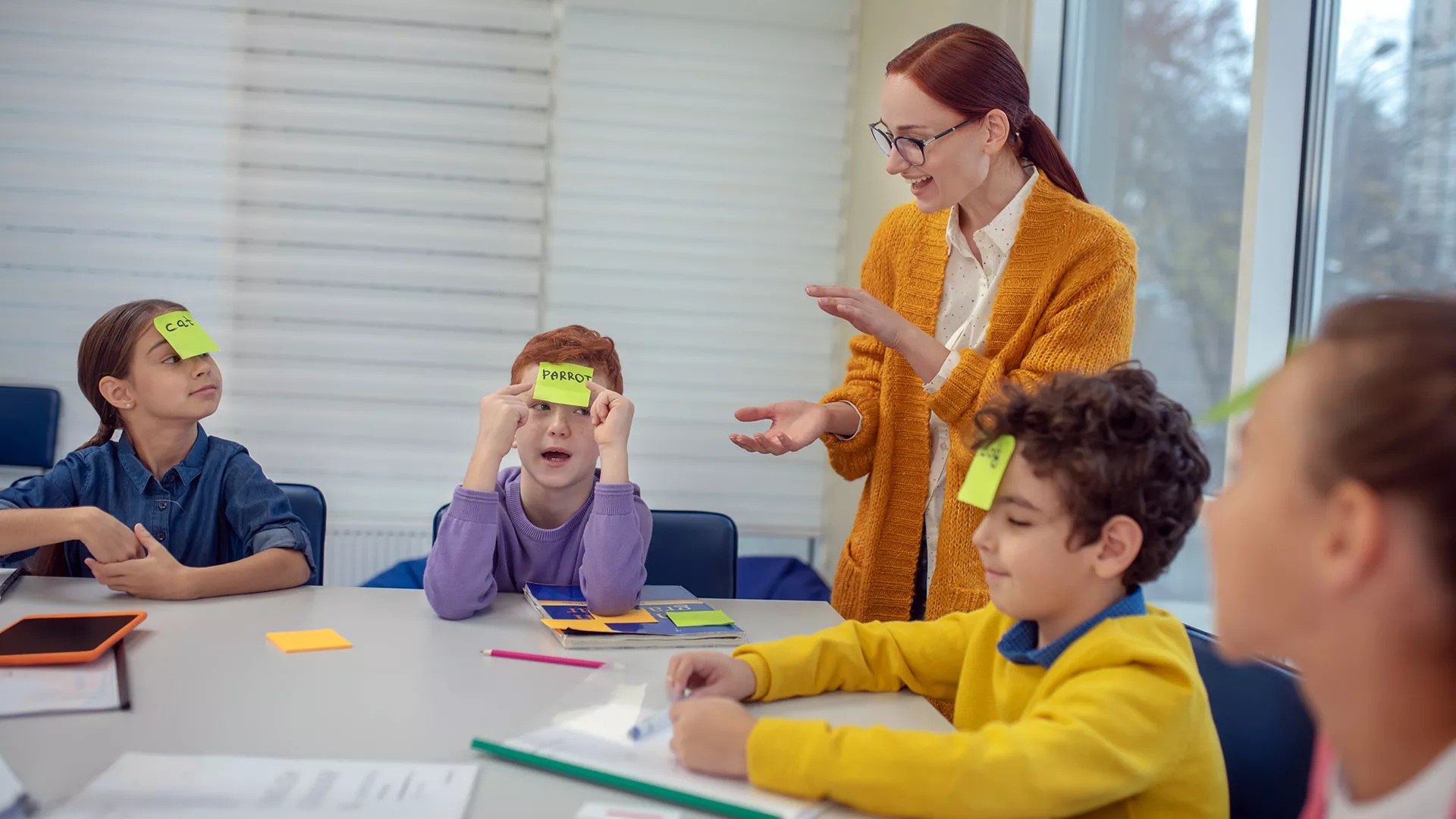Learn more about using concept sorts in your instruction on AdLit, Colorín Colorado, and Reading Rockets.
What’s a fun way to engage students of all ages in critically thinking about vocabulary and new concepts? Concept sorts ask students to think about what they know about something as they compare and contrast it to new information. Sorts are a fun and interactive way to introduce and review vocabulary and concepts across disciplines while building critical thinking skills.

Why are concept sorts so great?
- Interactive learning. Students can complete sorts individually, in pairs, or small groups but the power of concept sorts comes from the discussions students of all ages have with classmates around how and why they sorted words, pictures, or objects in various ways. Sorting allows students to organically learn from one another and think about things they are learning from other perspectives.
- Critical thinking. Sorting involves comparative analysis where students must think about what they know as they compare and contrast it with new information. It’s a powerful way to learn not only what something is but also what it is not.
- Purposeful, informal assessment. Watching how students initially complete a sort can quickly give you an idea of what your students know and don’t know about a topic so you can tailor instruction accordingly. They are also an easy way for students to review what they’ve learned and for you to informally assess their learning.
Tips for success
- Do you provide the categories or let students sort openly? It depends on your students and the topics. With open sorting, students freely sort concepts into categories they determine on their own and are “open” to make as many or as few categories as they think are needed to explain the concepts/words. Adolescent learners often love open sorting but younger students or those with limited vocabulary or conceptual knowledge benefit from the categories being initially provided (closed sorts).
- Do you use words or pictures in a sort? As the saying goes, a picture is worth a thousand words. We often think of picture sorts (a type of concept sorts) for younger learners but given age appropriate pictures, mixing picture and words within a sort can be an engaging approach to preview and review concepts with your adolescent learners as well.
- Use sorts across the curriculum and disciplines. Sorting is a tool for learning that works well beyond the confines of spelling instruction. It is a way of thinking about information that your students may really enjoy. If so, consider how you can incorporate sorts in math, science, social studies, and more.
Related Videos
Downloads
Suggested Further Reading
Members Only


